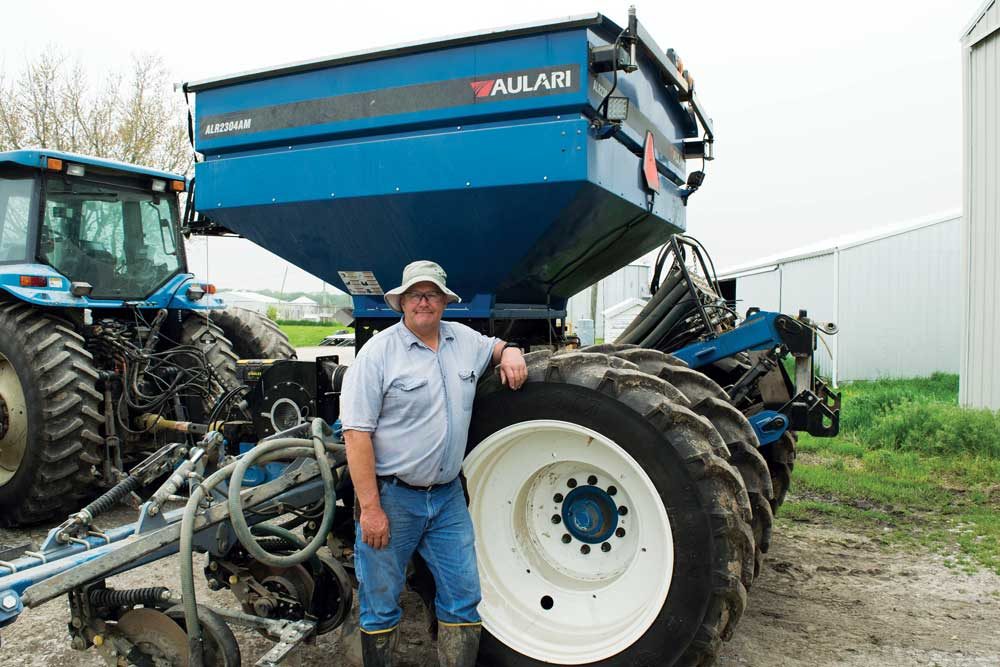No-Till Farmer
Get full access NOW to the most comprehensive, powerful and easy-to-use online resource for no-tillage practices. Just one good idea will pay for your subscription hundreds of times over.

SOME GROWERS measure their no-till success by crunching numbers on input formulas, poring over spreadsheets or deciphering complex soil health tests.
But for Linus Rothermich — who pokes fun at himself with the label of “technically challenged” — what he can see with his eyes since shifting to no-till practices 8 years ago is proof enough. Pounding rainstorms pose big challenges to his highly erodible, high-clay soils in central Missouri. Yet soil tilth is improving and his corn and soybean yields are steadily climbing.
He also sees “way more earthworms” than he used to see many years ago when his family was working the ground. Eroded clay spots that used to be red dirt have gradually changed to various shades of brown.
“We used to hardly ever get a stand of beans, or the beans would only get so tall because they didn’t hardly grow,” he says. “Now, they don’t look much different than the beans that are in better soil.
It’s always a good idea to leave test strips in your fields to evaluate the effectiveness of fertilizer treatments.
If applicable in your climate, consider adding a fall…